Single length irons: a fad or the future?
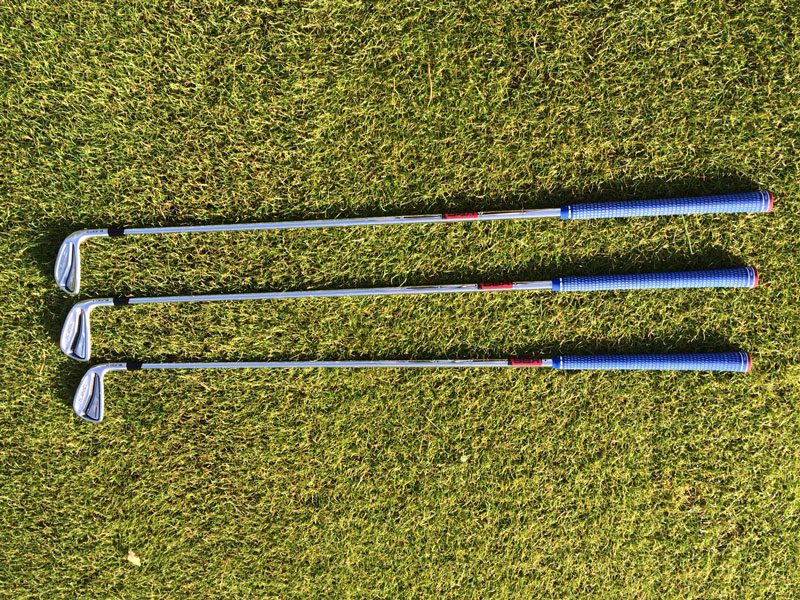
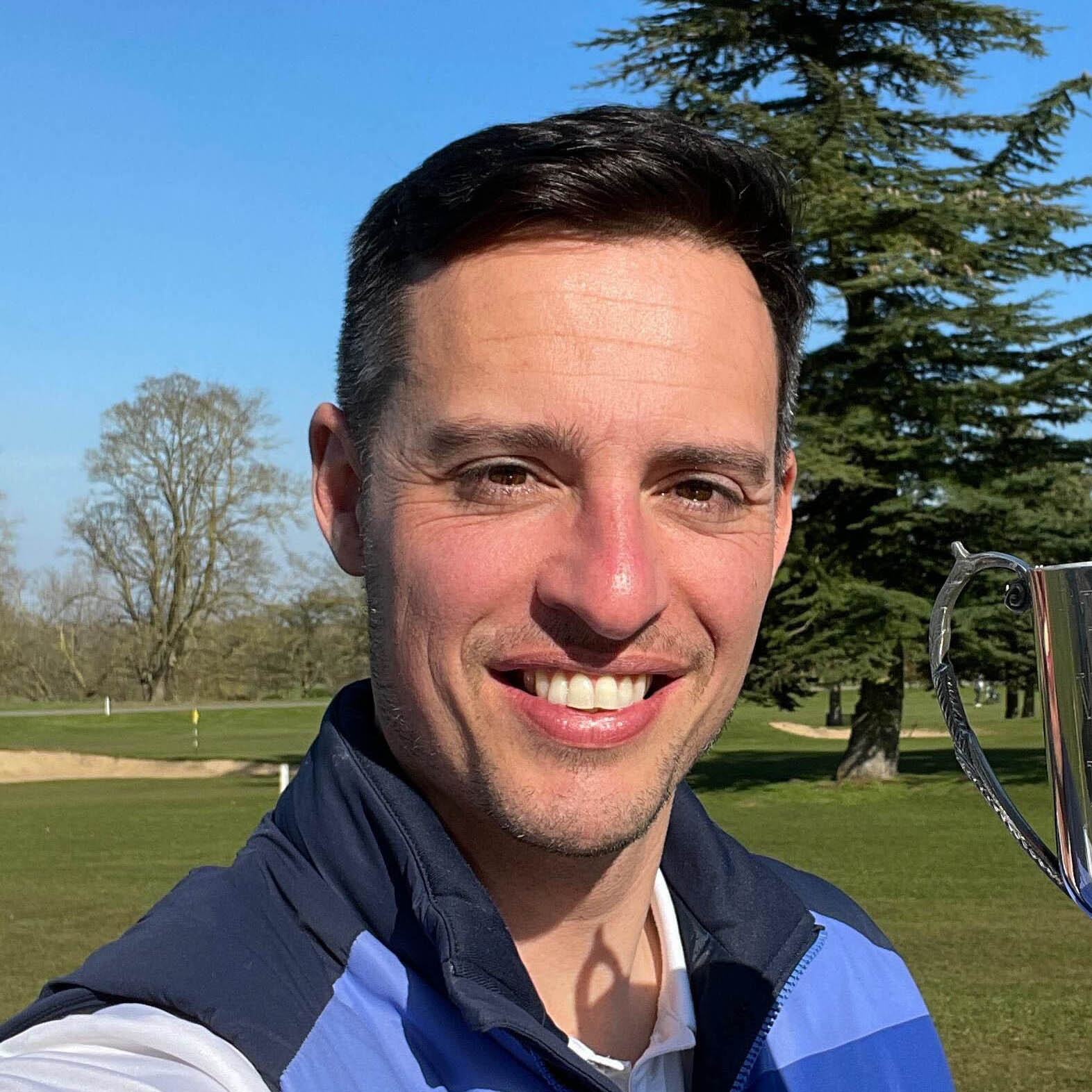
Are they just another equipment craze, or do single length irons represent the future of iron-set design and could they improve your game?
Bryson DeChambeau’s single-length iron concept is one of the most drastic and intriguing golf equipment innovation stories in recent times – not only because it is unique, but because it has been proven at the top level and has the potential to improve the consistency of golfers of all abilities... in theory anyway.
Tech Talk: Cobra's single length iron sets
Put simply, DeChambeau’s irons are all 37.5in in length – similar to most golfers’ 7-irons – and they have the same lie angle. The only thing that changes is the loft and the head weights to offset the change in swing speed compared with conventional irons. This concept enables the golfer to swing each iron in exactly the same way.
For what seems like forever, irons within a set become progressively longer as the loft reduces, requiring golfers to make subtle changes to their set-up in order to strike the ball consistently. But with irons of the same length, these changes are not necessary. Golfers can stand the same distance from the ball with the same posture and swing the club on the same plane, be it with a 4-iron or a pitching wedge.

On the face of it, this is a concept that should create a more consistent, repeatable golf swing. Because the golfer stands and swings in the same way, it should help produce a more consistent strike pattern on the clubface by eliminating many of the variables that make golf such a frustrating pastime.
“It left me wondering why all irons aren't like this”
Get the Golf Monthly Newsletter
Subscribe to the Golf Monthly newsletter to stay up to date with all the latest tour news, equipment news, reviews, head-to-heads and buyer’s guides from our team of experienced experts.
But do single-length irons attempt to solve a problem that doesn’t exist? Golfers have been playing with irons of different lengths since clubs were first mass produced and managing just fine. The subtle changes needed in your set-up between different irons is not something that golfers consciously think about, as the length and lie angle dictate how to stand to the ball. And then there’s the whole other topic of the short game and what length the wedges should be to pitch and chip comfortably.
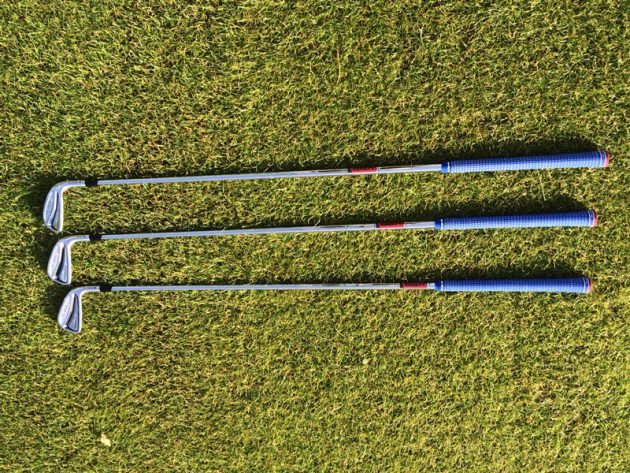
But while there are some negatives, I think there’s more than enough merit in the idea to outweigh them. Manufacturers have already come up with ways to offset the changes in club speed of the long- and short- irons compared to standard sets by altering the lofts, head weights and CG positions accordingly to even out the distance gapping through the set.
I was lucky enough to briefly try a set of Cobra’s new King Forged One irons at a launch event recently and was genuinely shocked by how quick and simple the concept was to grasp. It left me wondering why all iron sets aren’t made like this.
Long-irons have never seemed so easy to strike purely, which will help with distance gapping anyway, and I soon got over looking down on what appeared to be a pitching wedge on steroids. The concept has the potential to be even more beneficial to new golfers learning the game by creating a consistent, repeatable swing more quickly, and the irons also have the potential to make practice and warm-up sessions more effective.
A full video review of these irons is coming very soon, but our initial thoughts are very encouraging. In the meantime, please resist the urge to take a hacksaw to your current set – the result will not equal more greens in regulation!
Joel Tadman is Golf Monthly technical editor

Joel has worked in the golf industry for over 15 years covering both instruction and more recently equipment. He now oversees all equipment and video content at Golf Monthly, managing a team of talented and passionate writers and presenters in delivering the most thorough and accurate reviews, buying advice, comparisons and deals to help the reader or viewer find exactly what they are looking for.
One of his career highlights came when covering the 2012 Masters he got to play the sacred Augusta National course on the Monday after the tournament concluded, shooting a respectable 86 with just one par and four birdies. To date, his best ever round of golf is a 5-under 67 back in 2011. He currently plays his golf at Burghley Park Golf Club in Stamford, Lincs, with a handicap index of 3.1.
Joel's current What's In The Bag?
Driver: Titleist GT3, 9°, Fujikura Ventus Black 6 S shaft.
Fairway wood: Titleist TSR3, 15°
Hybrid: Titleist TSi2, 18°
Irons: Titleist T150, 4-PW
Wedges: Titleist Vokey SM10, 50°, 54° and 58°
Putter: LAB Golf DF3
Ball: 2025 Titleist Pro V1x
-
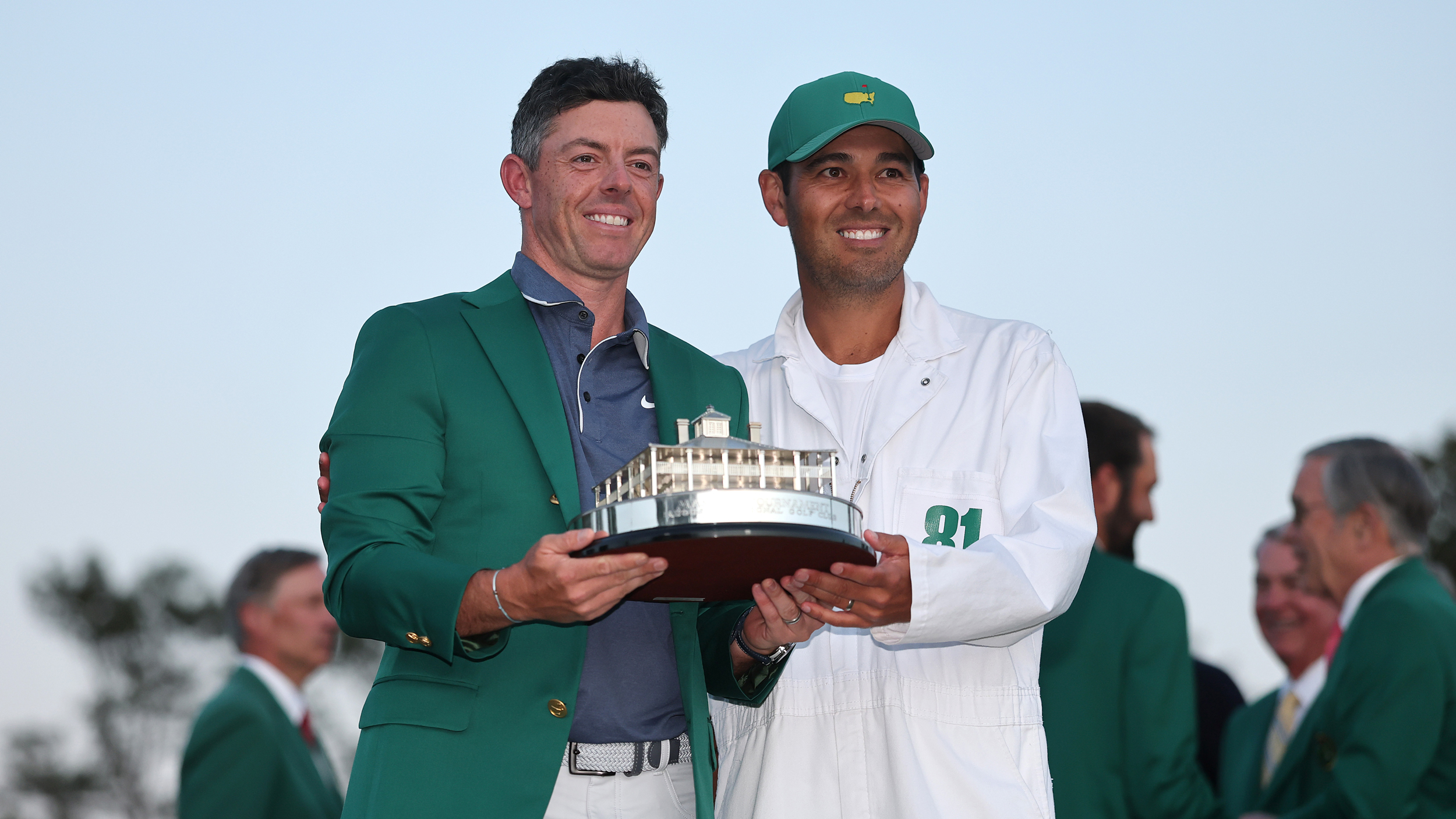 'This One Is Just As Much His As It Is Mine' - Rory McIlroy Pays Emotional Tribute To 'Big Brother' Harry Diamond After Historic Masters Win
'This One Is Just As Much His As It Is Mine' - Rory McIlroy Pays Emotional Tribute To 'Big Brother' Harry Diamond After Historic Masters WinThe 2025 Masters champion couldn't hold back the tears when discussing the importance of his relationship with caddie Harry Diamond
By Elliott Heath Published
-
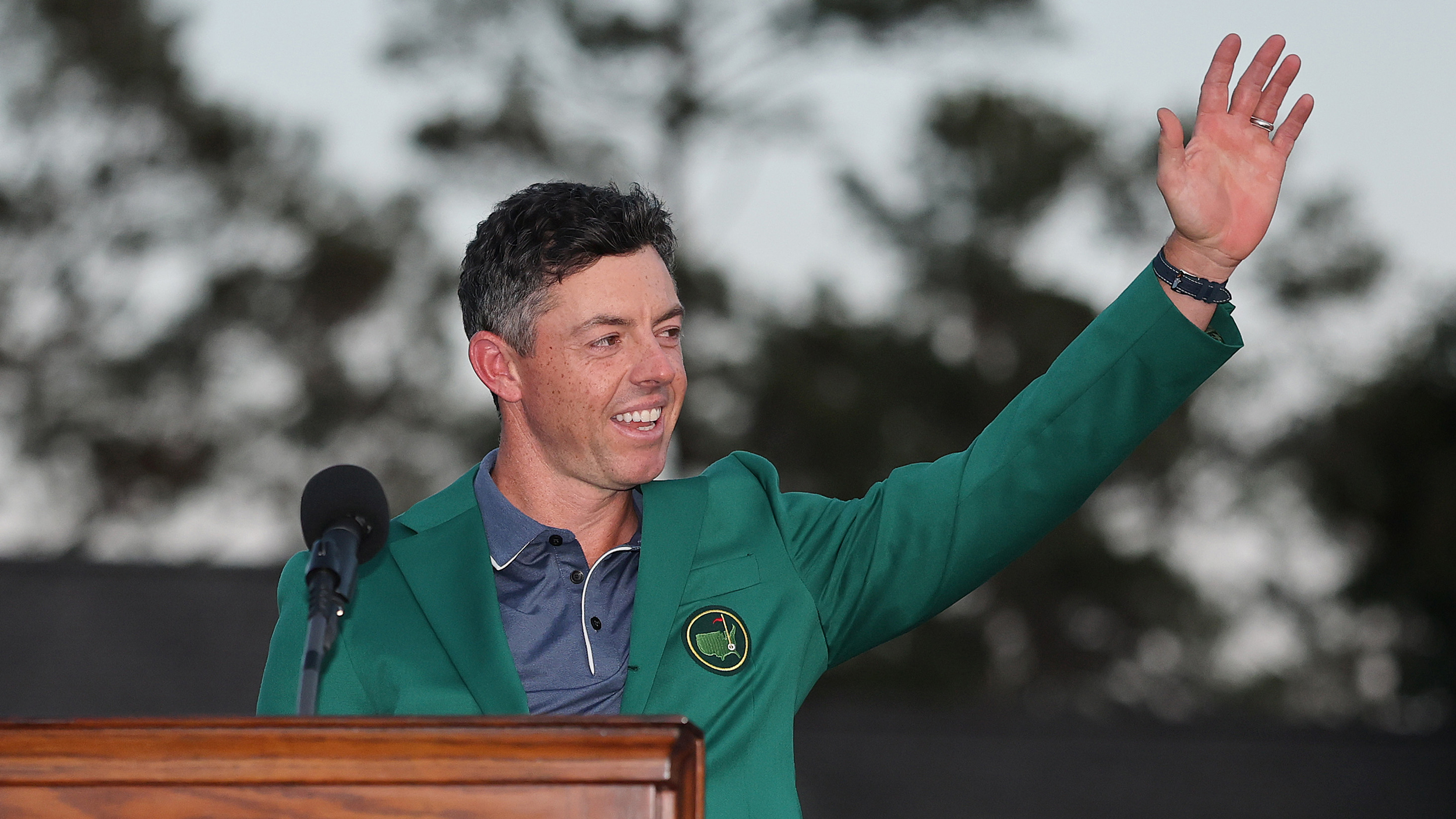 Rory 2.0 Was Born At The 2025 Masters... McIlroy Is Now Free Of His 11-Year Major Burden
Rory 2.0 Was Born At The 2025 Masters... McIlroy Is Now Free Of His 11-Year Major BurdenThe Northern Irishman dug deeper than he ever had to get over the line and finally seal the missing green jacket to his career grand slam puzzle
By Elliott Heath Published